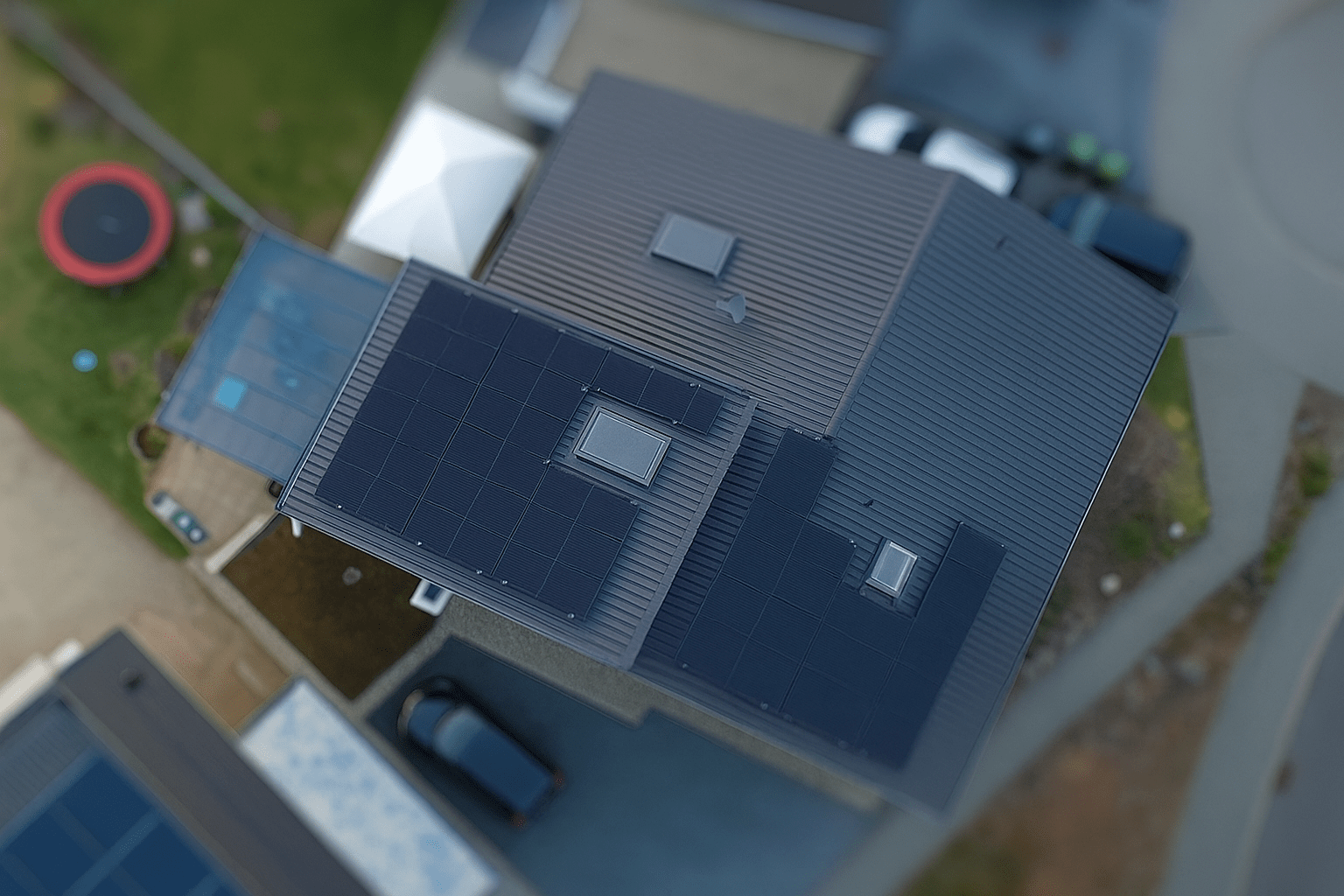About a year ago, I flipped the switch on my photovoltaic system. Now, twelve months later, I can say:
👉 Smartest decision I’ve made — and the most satisfying system upgrade I’ve ever installed.
The system runs smoothly, reliably delivers clean power, and completely changed how I think about energy.
Of course, it also takes a bit of discipline — knowing when to run certain appliances to make the most of your solar yield.
In this post, I’ll share my experience — technical, economic, and day-to-day practical.
⚙️ System Specs
- PV Capacity: ~15 kWp
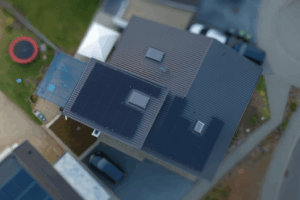
- Battery Storage: 10 kWh (brand: BYD)
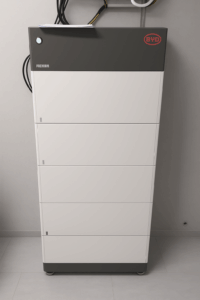
- Inverter: Fronius
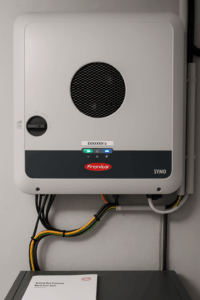
All components work flawlessly together and enable efficient use of my self-generated power.
⚡ How It Works – Simplified Tech Talk
- Solar Panels: Convert sunlight into DC electricity
- Inverter: Converts DC into grid-compatible AC, manages energy flows
- Battery Storage: Stores excess energy for evening/night use
🔄 Everyday Power Flow – What Happens When?
The system is fully automated and smartly prioritized:
- ☀️ Solar power is used directly in the home first
- 🔋 Excess energy charges the battery
- 🔌 If both aren’t enough, the grid supplies the rest
- 🔁 If the battery is full and solar is still flowing, surplus is exported
→ I earn €0.07 per kWh
📱 Monitoring via App – Nerd Heaven
One of my favorite features: the Fronius app.
It gives real-time insights, anywhere, anytime:
- Current solar production
- Real-time household consumption
- Battery charge level (%)
- Import/export status
- 💰 How much money I’ve saved today
This level of transparency makes it easy to understand and optimize energy habits.
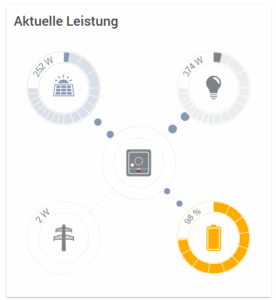
Unfortunately, the interface is in German.
The icon on the left shows how much power the solar panels are currently generating — up to around 10 kW at peak times.
The light bulb icon indicates the total electricity consumption of the household.
What happens next depends on the balance:
If there’s a surplus, the battery is charged or excess energy is fed into the grid.
If consumption exceeds solar generation, power is drawn from the battery — or, if that’s not enough, from the public grid.
🧠 Smart Usage = Better Efficiency
Over time, I adapted my routines to better match solar production.
✅ For example:
I reprogrammed the heating system to scale down at night and run more during the day — when solar output is higher.
These tweaks help increase self-consumption and further reduce grid dependency.
☀️ Summer vs. ❄️ Winter – A Tale of Two Seasons
In summer, the system covers almost our entire electricity demand — including:
- Heat pump
- Hot water
- Full household usage
There’s often a surplus left.
In winter, on the other hand:
- Less sunlight
- More heating
- More grid usage
The heat pump becomes a major consumer, and grid imports are more frequent.
🔋 Seasonal Autarky – April to October
Between April and October, we are completely self-sufficient.
The solar system generates enough energy during the day to power everything — and charge the battery.
Even overnight, the battery doesn’t run empty before being recharged again the next day.
→ It’s a truly autonomous setup for more than half the year.
💸 Excess Power & Feed-in Revenue
On sunny days, even with everything running, we often have leftover power.
→ That energy is fed into the public grid, earning €0.07 per kWh
📝 Example (typical summer day):
- 80 kWh surplus → €5.60/day
- Not huge, but adds up over a year and helps shorten payback time
-
And if we consume around 15 kWh per day ourselves, that’s 15 kWh we don’t have to buy from the grid — at roughly €0.35 per kWh.
→ That alone saves us about €5.25 per day.Combined with feed-in revenue, that’s over €10 per day in value — even on an average summer day.
📊 Economic Performance – One Year Later
After 12 months:
- We’ve saved ~10% of the initial investment
- That includes:
- Avoided energy purchases
- Feed-in compensation
🚗 With an electric vehicle (EV), return on investment (ROI) would be even faster — charging with solar is way more profitable than feeding into the grid
➡️ Important to understand:
The financial benefit comes from two sources:
-
Using solar power ourselves — which means we don’t have to buy expensive electricity from the grid
-
Feeding excess power into the grid — earning €0.07 per kWh
So the “profit” isn’t just about what we sell, but mainly about what we don’t have to buy.
💡 Similar to how you agree on a monthly payment when purchasing electricity based on estimated consumption,
our grid operator also pays us a monthly advance — based on the expected annual yield of our solar system.
→ That means we even get a steady income throughout the year, regardless of daily weather conditions.
Plus: our energy use will grow over time (teenagers, more devices, more streaming etc.).
This system is a future-proof investment that only becomes more valuable.
🧾 One-Year Takeaway – TL;DR
✅ System runs rock-solid and reliable
☀️ Covers a big chunk of our power needs
💸 Savings are real and motivating
🔁 Surplus is fed into the grid — €0.07/kWh revenue
🔋 April to October: completely self-sufficient
All in all, I’m super satisfied.
The setup works as intended, gives us energy independence, and just feels great — financially and ecologically.
And let’s be honest:
It just feels amazing to watch the heat pump start up, hot water being heated, or the washing machine and dishwasher doing their thing — all powered by free sunlight.
Even if the computer stays on idle for a couple of hours — who cares?
It costs nothing. It’s sunshine. 🌞
Plus: it’s a small but real contribution to a cleaner planet.
Lower emissions, less fossil energy, more self-reliance.
I’d do it again in a heartbeat.
Of course, I can’t say for sure how long the system will last — especially the battery — but if it runs for about 10 years, the numbers should add up.
📩 Thinking about going solar?
Have questions?
Feel free to reach out or drop a comment — happy to share straight-up insights.

